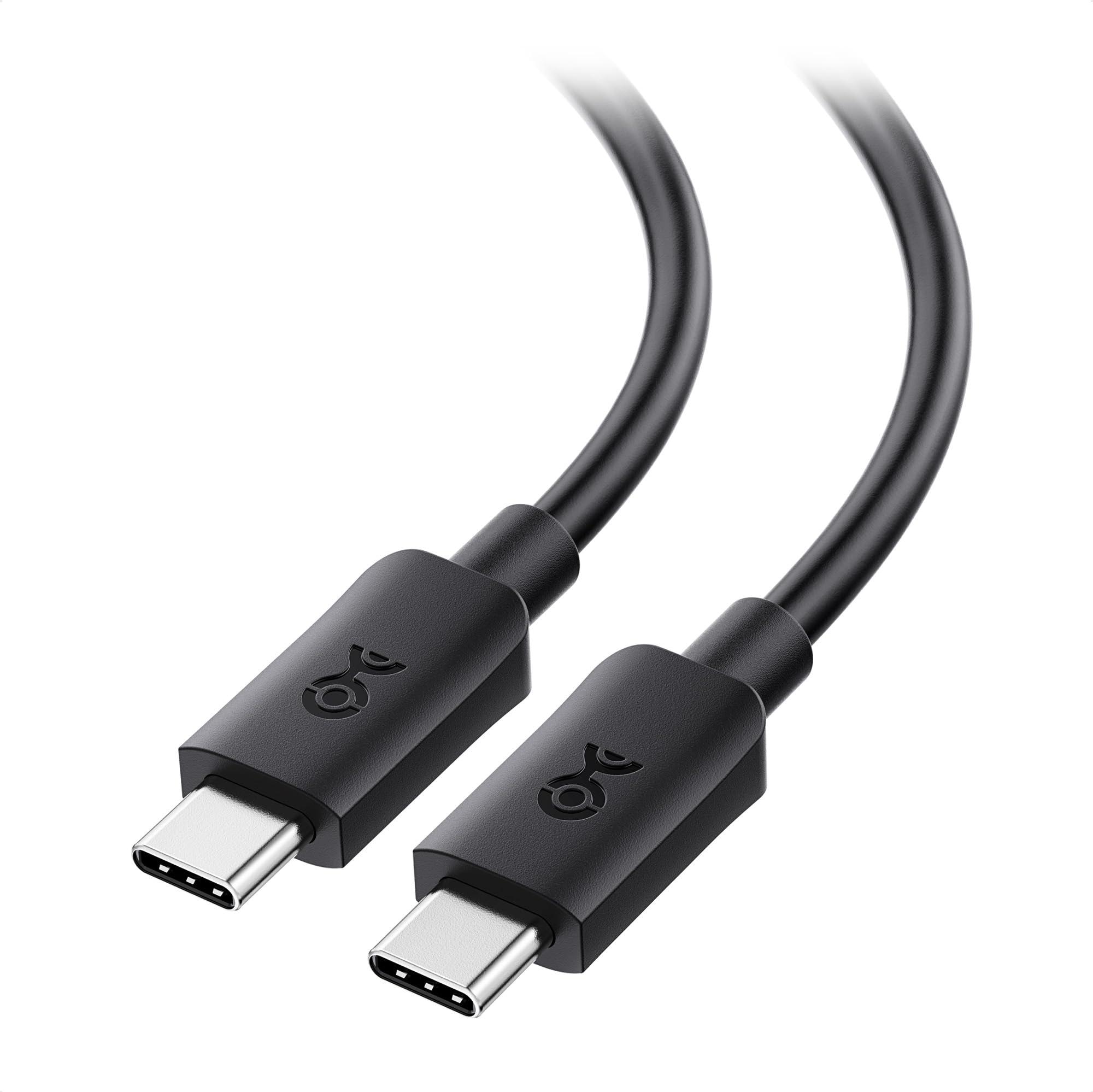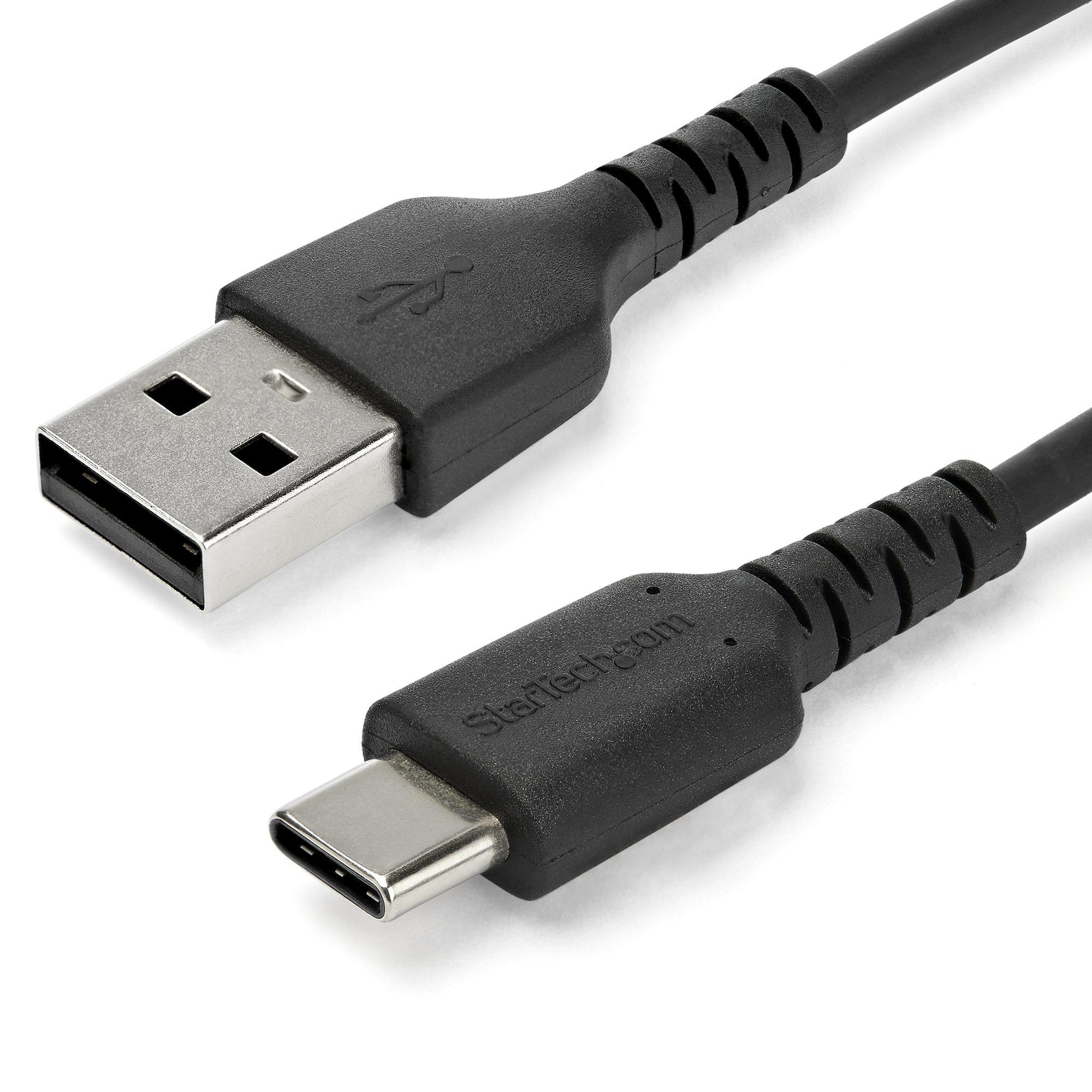The Evolution of USB-C: A Technical Leap Forward
USB-C, compared to its predecessors like USB-A and Micro-USB, represents a significant leap in both versatility and performance. The most noticeable improvement is its reversible design, eliminating the need to fumble with the connector’s orientation. Still, it’s more than a convenience standard USB-C connectors can transfer up to 10Gbps in data, while enhanced versions, like USB 3.2 and Thunderbolt 4, boost speeds even further. Moreover, beyond data, USB-C can carry substantial amounts of power supporting fast charging, with certain cables delivering up to 100W to devices ranging from smartphones to laptops.
The impact goes beyond just speed and power though. USB-C also streamlines multifunctionality, reducing clutter with its ability to handle multiple protocols through a single port. This includes support for video output via DisplayPort and HDMI, as well as data transfer protocols for Ethernet, audio, and more. This consolidation of technologies has made USB-C critical for modern device designs, enabling manufacturers to create thinner, lighter, and more efficient hardware.

Compatibility Across Manufacturers: Breaking the Proprietary Barrier
One of the biggest advantages of USB-C is its ability to work across multiple brands and product lines, breaking the long-standing pattern of proprietary connectors. For years, manufacturers often locked customers into ecosystems with unique ports that were incompatible with other brands’ devices. However, USB-C’s cross-manufacturer compatibility is reshaping this landscape, allowing consumers to use a single cable for everything from their smartphone to their laptop, regardless of the brand. It’s a significant shift from the days of wrestling with various cables just to transfer files or charge your gadgets.
This shift has brought forward several key benefits for users and tech companies alike, including:
- Less e-waste: Universal compatibility results in fewer cables and adapters, aligning with global sustainability efforts.
- Convenience: A single USB-C cable can be used across different devices, reducing clutter and simplifying everyday tech usage.
- Standardization: With many manufacturers adopting USB-C, it paves the way for a more consistent, streamlined user experience.
Ultimately, this industry-wide movement is pushing toward a more unified and user-friendly tech ecosystem, all while providing next-level speed and versatility.

Environmental Benefits: How USB-C Supports Sustainability Goals
The adoption of USB-C is more than just a technological convenience; it’s a pivotal step towards reducing electronic waste and supporting sustainability efforts. One key benefit is interoperability the ability of a single USB-C cable to support multiple device types, from smartphones to laptops. This reduces the need for an array of specialized cables for different products, thus minimizing unnecessary production and disposal of electronic accessories. Less clutter means fewer cables ending up in landfills, which addresses growing concerns over e-waste pollution.
Additionally, energy efficiency is another noteworthy environmental advantage. USB-C supports faster data transfer and high wattage charging, leading to more efficient power usage. Devices charge more quickly, which can lead to reduced energy consumption over time. The universal nature of USB-C also encourages manufacturers to streamline their production processes, using fewer raw materials and resources. This not only cuts down on industrial waste but also contributes to lower carbon emissions in manufacturing ecosystems.

Future-Proofing Your Devices: Is It Time to Fully Switch to USB-C?
As manufacturers steadily migrate towards USB-C, it’s clear that the port is no longer just a trend it’s becoming a benchmark for connectivity. This shift is prompted by the increasing demand for faster data transfer speeds, robust power capabilities, and overall convenience. Many of the latest devices, from smartphones and laptops to headphones and power banks, either already feature this versatile connector or are on the brink of adopting it. And it’s not just consumer electronics; even automotive and industrial equipment are embracing USB-C for its unified approach to both data transmission and power delivery. The emphasis now is on reducing port variability while streamlining the user experience.
- Faster charging: USB-C supports power delivery of up to 100 watts, enabling high-speed charging for a wide range of device types.
- Universal compatibility: Whether it’s a laptop or a gaming console, USB-C can simplify plug-and-play connections without needing multiple adapters or port variations.
- Durability and reversibility: Designed for repeated use, the reversible connector eliminates frustrating wrong-way plugging-in, extending port lifespan.
Switching to USB-C might mean future-proofing your devices, and in many cases, it’s fast becoming unavoidable.
As technology continues to advance at a rapid pace, USB-C is solidifying its position as the universal standard for devices, offering flexibility, speed, and efficiency across a growing number of applications. Its ability to streamline device connectivity, reduce clutter, and support faster data transfer and charging rates makes it an ideal solution for today’s tech demands. While some challenges remain particularly around the adoption in certain industries and devices the trend is undeniable: USB-C is here to stay. As the digital ecosystem moves toward greater interoperability and sustainability, the future of the universal connector seems brighter than ever. In an increasingly interconnected world, USB-C serves as a reminder of how a single port can simplify how we power and connect our devices, cementing its status as a key player in the evolving landscape of modern technology.
Read : USB-C Revolution: Why Your Next Gadget Will Likely Use It